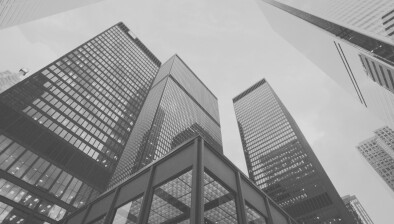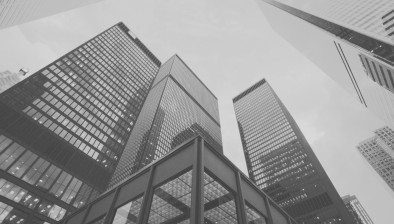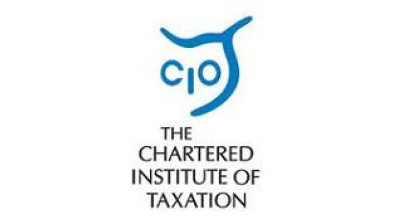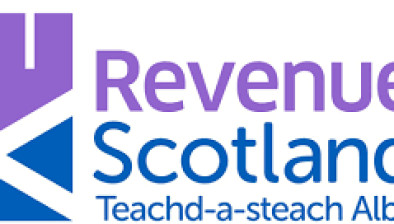John Boyle: Record number of Scottish homebuyers pay LBTT as tax bands remain unchanged

Dr John Boyle
Scotland’s Land & Buildings Transaction Tax hits record high as more homes cross tax threshold, writes property expert Dr John Boyle.
Rettie has just completed our annual review of Scotland’s property tax (Land & Buildings Transaction Tax, or LBTT). A dry subject, but one most home buyers will be aware of.
In the 2023/24 financial year just passed, nearly two-thirds of all house sales in Scotland were subject to LBTT (above the £145,000 threshold), which is the highest proportion since the tax was introduced in 2015/16, when fewer than half of property sales were subject to it. Rising house prices and a lack of adjustment in the tax bands have dragged more house purchases into the tax thresholds.
After reaching a record high in 2022/23, revenues levelled off over 2023/24, perhaps not surprising given a fairly stable housing market and despite the headwinds of rising mortgage costs and weak economic growth.
However, performance was better than expected, outperforming the 16% drop that official forecasts had expected at the start of the year. Revenues caught up towards the end of the financial year after running behind for most of the year, indicating an improving housing market, and the early results for the 2024/25 financial year show this trend continuing.
Revenues generated by the Additional Dwelling Supplement (ADS) on second homes (including buy to let purchases) now account for 36% of residential LBTT revenue, also a record high. The revenue from this particular tax has risen since late 2022, when the Scottish Government increased it from 4% to 6% of house purchase price, double the rate that it is down south. Prime sales drive LBTT revenues, with sales over £750,000 accounting for 23% of tax revenues despite being fewer than 2% of total sales.
Residential LBTT is a tax that varies by geography and is higher in places with higher property prices. Edinburgh, by far, is the leading local authority area in Scotland in terms of residential LBTT receipts, generating around £109 million (with Glasgow in a distant second on £47m).
Of the Top Ten Residential LBTT generating postcodes in Scotland in 2023/24, six were in Edinburgh, with EH10 (which includes Bruntsfield and Morningside) paying the most of any Scottish postcode area, at just under £13m, or an average LBTT bill of around £23,000. Three of the areas were in and around Glasgow, led by the G77 postcode (including Newton Mearns), which generated over £7m in residential LBTT revenue. The final postcode in the Top Ten was KY16 in St Andrews.
The highest average residential LBTT bill, however, was in East Lothian, in EH31 (including Gullane), at just under £31,000. This was followed by KY9 in Fife (including Elie) at just under £30,000 and EH1 in Central Edinburgh at just under £24,000.
LBTT was the first new national tax to be introduced by a Scottish Parliament in over 300 years. It continues to be an important source of revenue for the Scottish Government, and there seem to be no current plans for reform even though a higher proportion of house purchasers are now being captured by it. The question remains whether adjustment of the bands could drive revenues (and market activity) higher. Many in the industry have been suggesting that now is the time for a more comprehensive review.
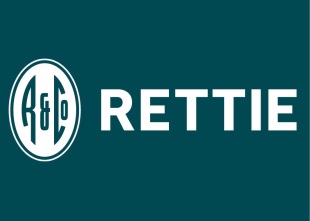
Dr John Boyle MRICS is director of research & strategy at Rettie & Co





